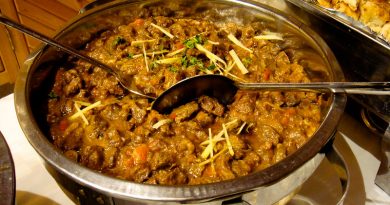Las Llamadas Festival, Uruguay
Festival Essentials:
Where: Montevideo’s Barrio Sur and Palermo neighbourhoods, Uruguay
When: Early February
Happenings: Every year Montevideo’s Barrio Sur and Palermo come alive with drummers, street dancers and revellers during the annual Las Llamadas parades, part of Montevideo’s month-long carnival. The parades feature Candombe, an afro-Uruguayan rhythm that was originally created by West African slaves who came together to evoke the music and the memory of their homelands.
Remember to: Get caught up in the music and drumming and party all night long!
Destination Guide: Uruguay
What Happens at Las Llamadas?
Little known to many, Carnival is celebrated throughout the whole of South America, not just in Brazil. Uruguay is no exception. However, each one has a different story to tell. Here in Montevideo, Carnival has its roots in the slave trade. Slaves began arriving in Montevideo in 1750, lost without a sense of identity in a new land. Before the abolition of slavery, with the permission of their masters, these men and women would gather in the houses located in the oldest part of Montevideo and get in touch with their origins. They would remember the old African drums they used to perform their hunting, social or religious rites. Thus, what today has come to be called candombe began.
Las Llamadas (the calls) derive from the call made by the Negroes when they began to gather, whether to celebrate or to deal with certain social issues. Each group used to have a couple of drums and get out into the streets playing the candombe in order to get the big group together to celebrate Carnival. The presence of the lubolos in the Llamadas was the best idea the white men had in order to apologize in public for such savagery and genocide. The lubolos are white men disguised as black men in order to feel Carnival just like they do.
The Negroes had been part of the Montevideo Carnival for a very long time, though they generally could not officially participate in the celebrations. Therefore, they would celebrate among themselves, singing and dancing along the very same streets where most of them lived.
Today, nobody speaks about Negroes and white men any more. Everybody speaks about murguistas, comparsistas and carnavaleros -basically carnival people and many of them repeat a true tribute to their ancestors every year in the neighbourhoods Sur and Palermo.
by Zaynin Kanji




